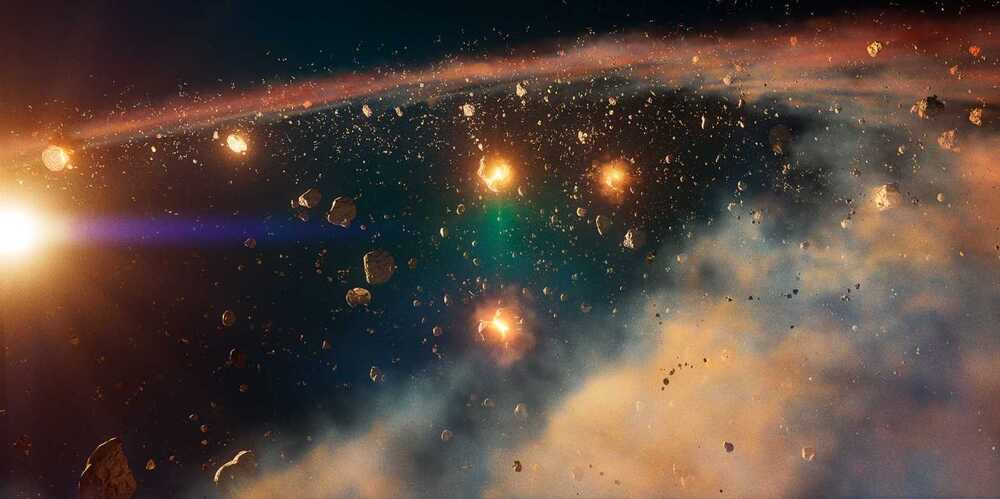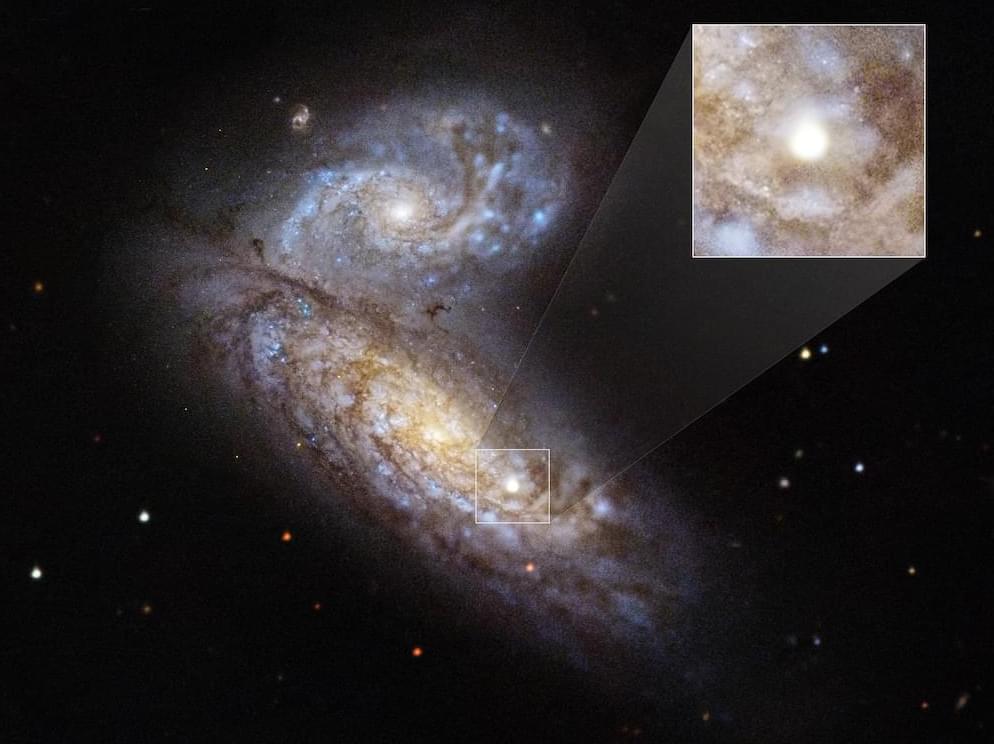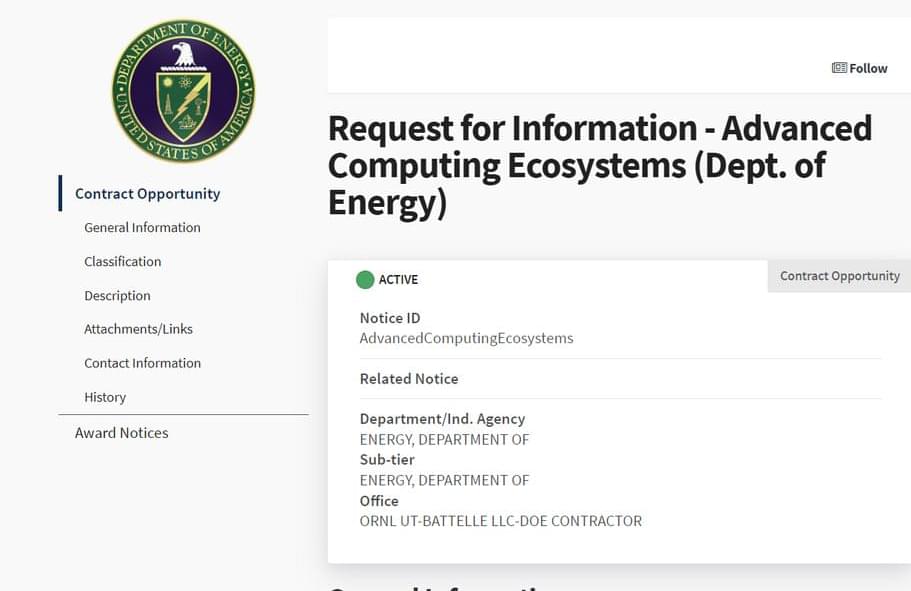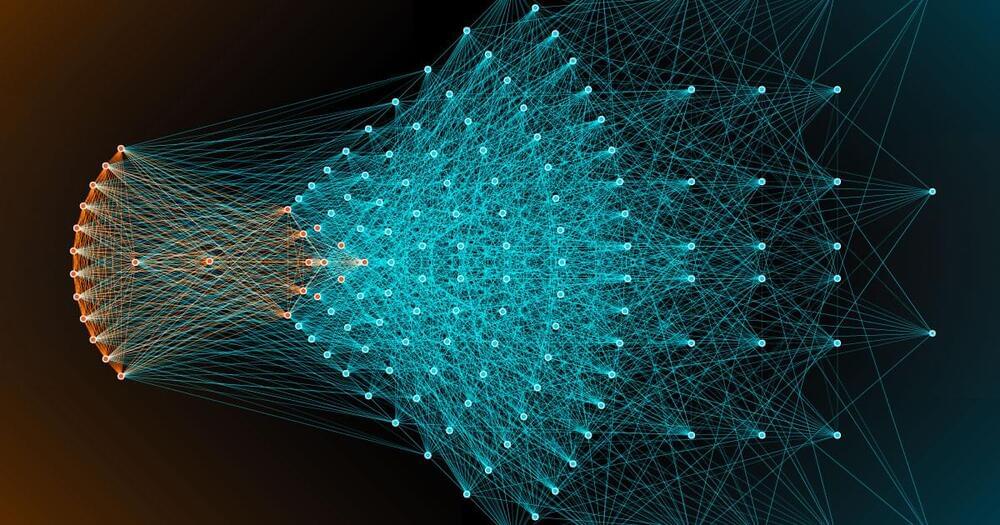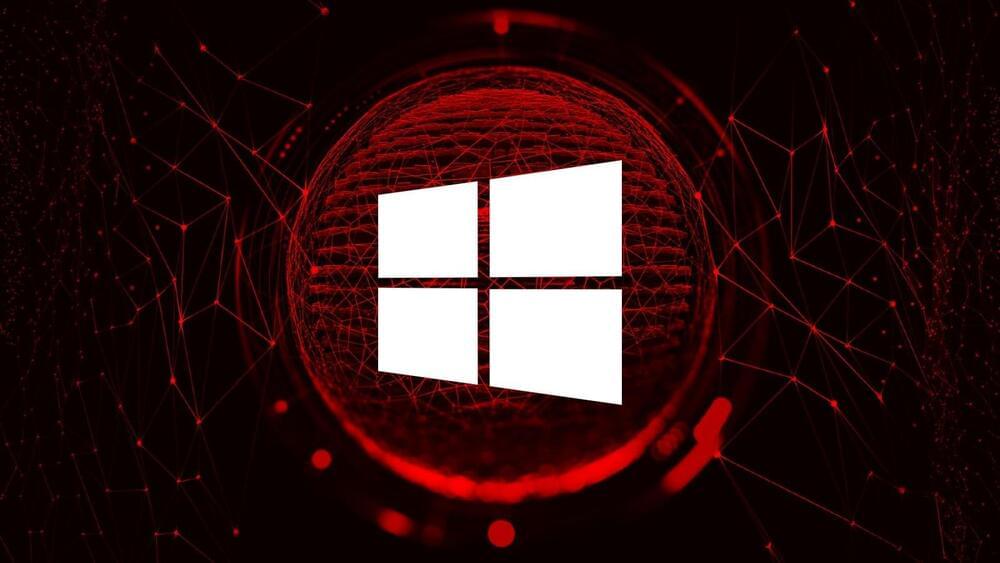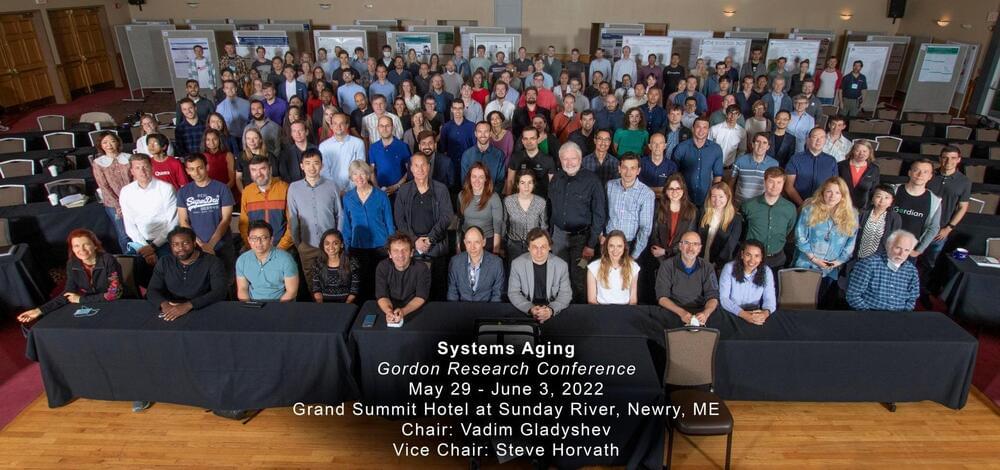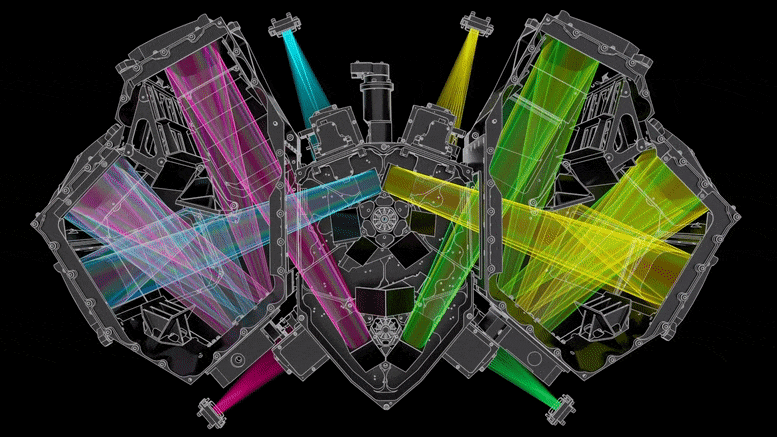Jul 2, 2022
Complete Chaos: Scientists Unravel the Early History of the Solar System
Posted by Shubham Ghosh Roy in category: space
An international team of researchers led by the ETH Zurich and the National Centre of Competence in Research PlanetS has more accurately recreated the early history of several asteroids than ever before. Their findings suggest that the early solar system was more chaotic than previously assumed.
Before the Earth and other planets formed, the young sun was surrounded by cosmic gas and dust. Slowly, rock shards of varying sizes formed from the dust over the millennia. Many of these became building blocks for subsequent planets. Others did not become planets and continue to circle the sun today, such as asteroids in the asteroid belt.
Iron samples from the cores of asteroids that had fallen on Earth as meteorites were analyzed by researchers from ETH Zurich and the National Centre of Competence in Research (NCCR) PlanetS in conjunction with an international team. In doing so, they revealed a portion of their early past during the formation of planets. Their results were recently published in the journal Nature Astronomy.
